Learning About Using a Breast Pump
A breast pump is a device that you can use to remove milk from your breasts whenever you want. Then you can store the milk for later. Pumping can help keep up your milk supply. If you have problems or have concerns about your milk supply, talk to your doctor, midwife, or lactation consultant.
What types of breast pumps can you use?
There are different types of breast pumps to choose from.

Manual pumps:
- Don't require a power supply since they're pumped by hand.
- Are easy to carry with you.
- May cost less than other types of pumps.
- Are slower than electric or battery-powered pumps.
- This type of pump works best when you need to pump occasionally, after your breastmilk volume is well established.

Battery-powered pumps:
- Use a battery-powered motor to create suction and remove milk. In most pumps, the battery can be recharged.
- Are convenient when you don't have an outlet handy.
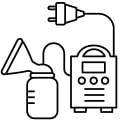
Electric pumps:
- Use an electric motor to create suction and remove milk.
- Are often faster and more comfortable than manual pumps.
- May work like the action of a breastfeeding infant.
- Are larger and heavier than manual pumps. But some newer models are lightweight.
- This type of pump works best when you need to pump regularly, plan to be pump dependent, or if you want to provide breastmilk and do not plan to breastfeed.
How to use a breast pump
Pumping milk with a breast pump will probably take 10 to 20 minutes for each breast.
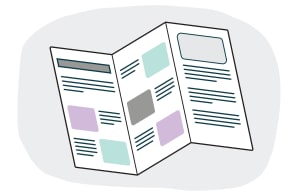
1. Read the instructions that came with your pump. Understand how to put it together and how often to clean and sanitize the parts. Have supplies and spare parts ready.
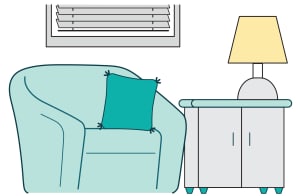
2. Choose a good place to pump. Find a spot that's clean, comfortable, and private so you can relax.
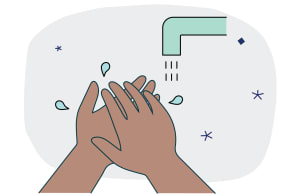
3. Wash your hands before you touch the breast shield or your breast. Use soap, and scrub your hands for 10 to 15 seconds. Then rinse well in warm water.

4. Put the pump together. As you put it together, check to see that all parts are clean, and that the pump is working properly.
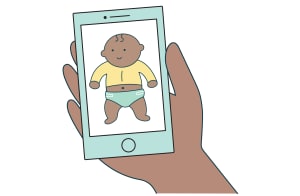
5. Think about or hold your baby. This may improve your milk letdown. If you aren't with your baby, try looking at a photo or sniffing a piece of clothing your baby has worn. Try applying moist heat, doing some deep breathing, or visualizing waterfalls of breastmilk.
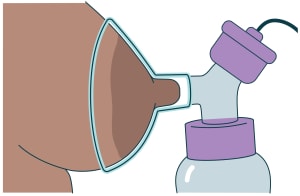
6. Massage your breasts. Massaging your breasts before you start pumping, will help your let down reflex. Position the breast shield over your breast. Your nipple should be right in the middle of the shield. You may need to try different sizes of breast shields to find one that fits you best. Ask a lactation consultant to help you find a good fitting breast shield if you experience discomfort when pumping.
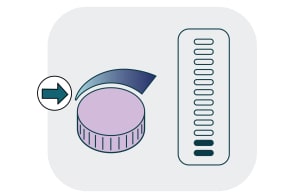
7. Start pumping. Begin with a low level of suction. Increase suction as the milk starts to flow. Stop pumping when the flow of milk begins to slow down. You'll feel a tugging while pumping, but it shouldn't be painful. If it hurts, stop pumping.
After you finish pumping:
- Put the milk in a refrigerator or cooler right away. It's best to use milk as soon as you can after you pump it. If you won't be using the milk within a few days, you can freeze it. Be sure you know how to store breast milk safely.
- Take the pump apart, and wash any part that came in contact with your breast or breast milk. Let the parts air-dry.
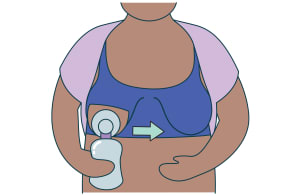
8. Remove milk from both breasts during each pumping session. If there are lumps in your breast, massage them towards your nipple while pumping.
Where can you learn more?
Go to https://www.healthwise.net/patientEd
Enter B125 in the search box to learn more about "Learning About Using a Breast Pump".
Adaptation Date: 01/15/2025
Adapted By: Alberta Health Services
Adaptation Reviewed By: Alberta Health Services
